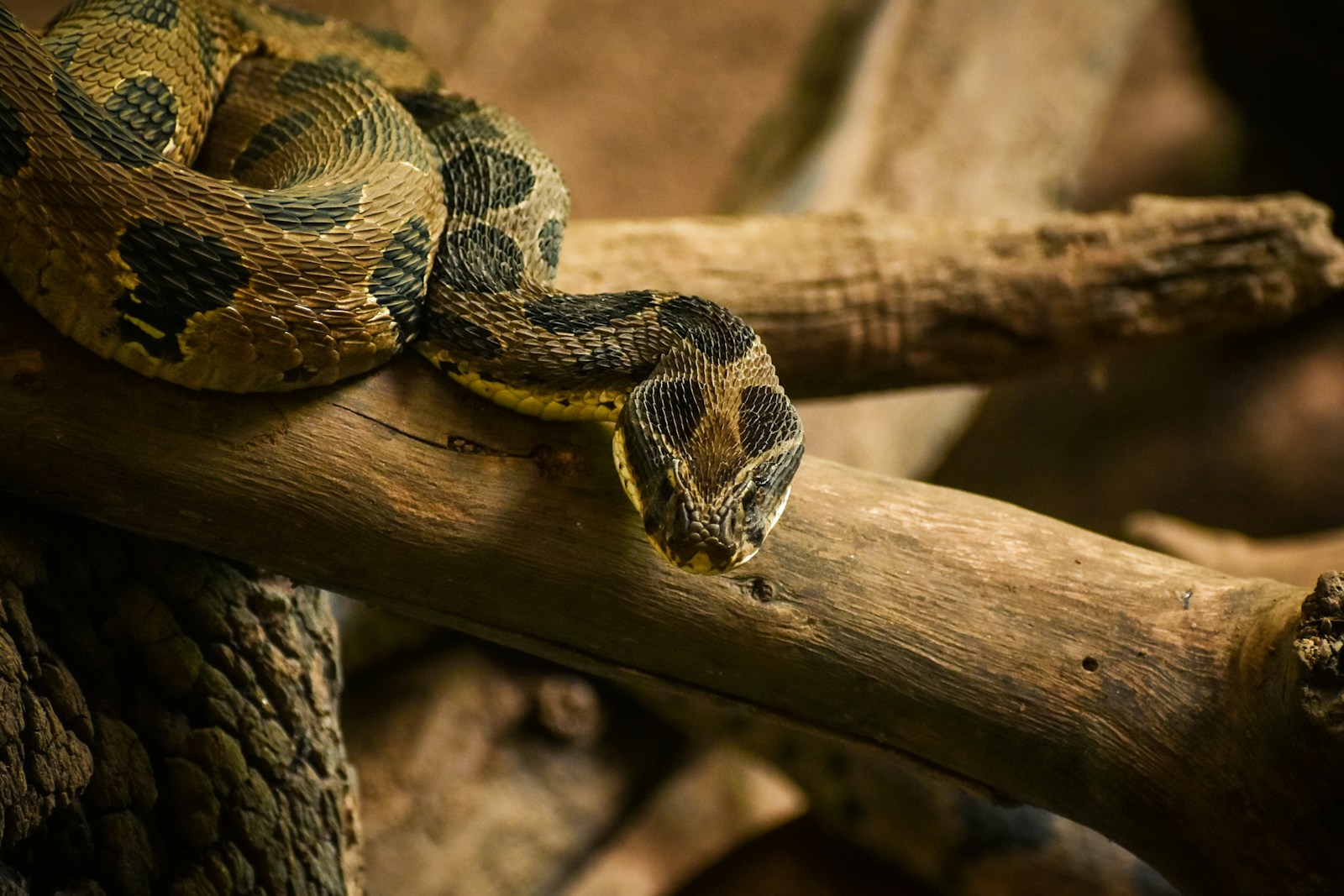In the tense moment when human meets serpent, what happens next often depends more on the person’s actions than the snake’s intentions. Snake encounters can trigger fear and panic, leading to decisions that increase danger rather than reduce it. While most snakes would prefer to avoid humans entirely, our reactions during these unexpected meetings can transform a benign wildlife sighting into a hazardous situation. Understanding proper snake encounter etiquette isn’t just for hikers and outdoor enthusiasts—it’s valuable knowledge for anyone who might cross paths with these misunderstood reptiles. This article examines the most common errors people make during snake encounters and offers guidance on safer alternatives that protect both human and snake.
Panicking and Making Sudden Movements

When surprised by a snake, the instinctive human response often involves jumping, screaming, or making abrupt movements—reactions that can escalate the situation dramatically. Snakes primarily strike when they feel threatened, and sudden movements signal potential danger to these sensitive reptiles. Their vision is specially attuned to detect motion, making your panicked jerking particularly alarming from their perspective. Instead, the safest initial response is to freeze momentarily, assess the situation calmly, and then move slowly and deliberately away from the snake. This measured approach gives both you and the snake time to process the encounter without triggering defensive behaviors.
Attempting to Kill the Snake
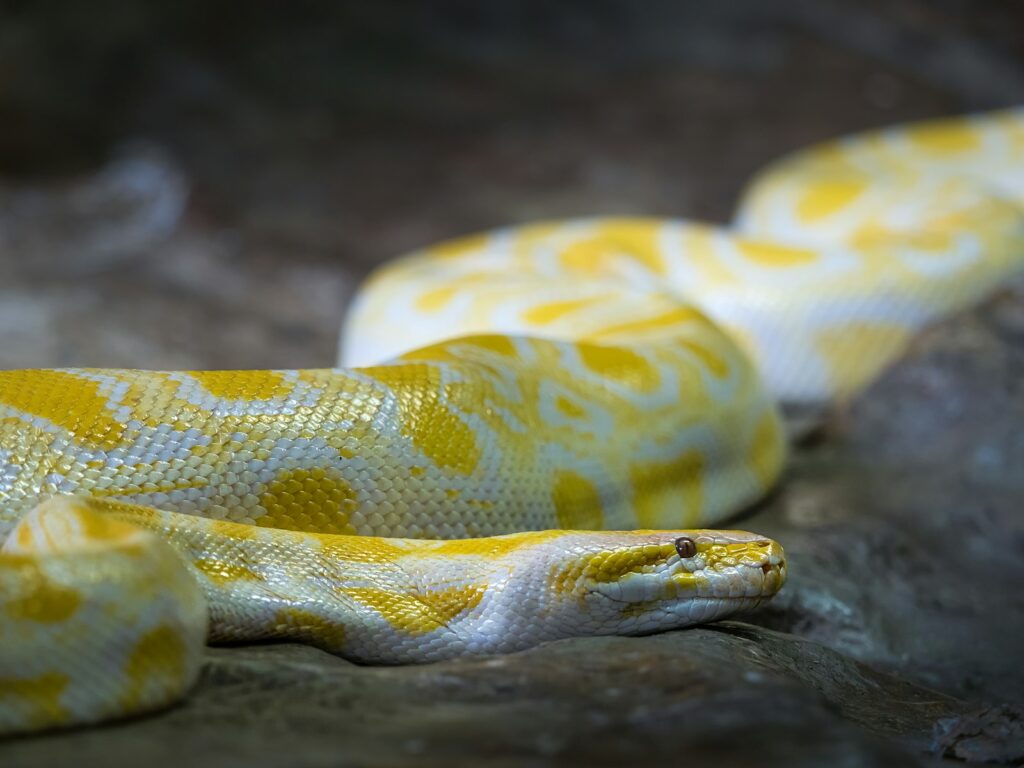
One of the most dangerous and unfortunate responses to snake encounters is the attempt to kill the snake—a reaction born from fear rather than necessity. This approach dramatically increases your risk of being bitten, as you must move closer to the snake and provoke its defensive mechanisms. Many snake bite statistics reveal that a significant percentage of bites occur during killing attempts rather than during accidental encounters. Beyond personal safety concerns, it’s worth noting that many snake species are protected by law, making killing them illegal and punishable by significant fines. Ecological considerations also matter—snakes play vital roles in controlling rodent populations and maintaining balanced ecosystems.
Trying to Capture or Handle the Snake
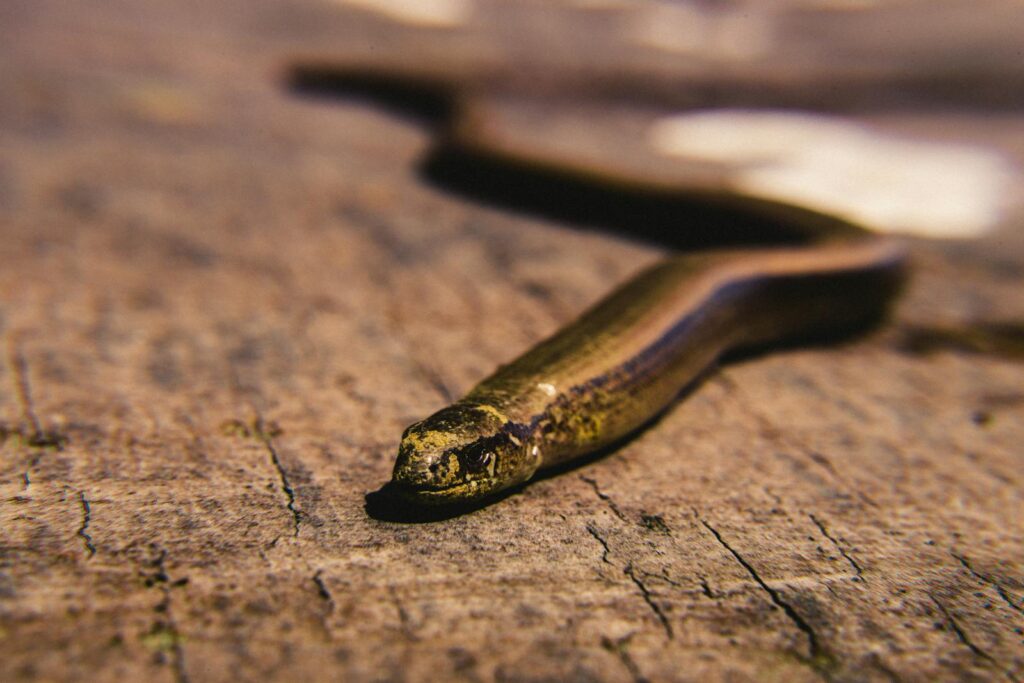
Amateur snake handling attempts rank among the most preventable causes of snake bites worldwide. Even seemingly docile snakes can strike with remarkable speed when handled by untrained individuals. The stress of being captured triggers powerful survival instincts in these animals, making them unpredictable and potentially dangerous. Professional snake handlers undergo extensive training to recognize snake behavior signals and employ specialized techniques and equipment for safe handling. Additionally, many people misidentify snake species, mistakenly believing harmless varieties to be venomous or vice versa, further complicating amateur handling situations. If a snake needs to be relocated for safety reasons, contacting professional wildlife services is always the appropriate solution.
Misidentifying the Snake Species
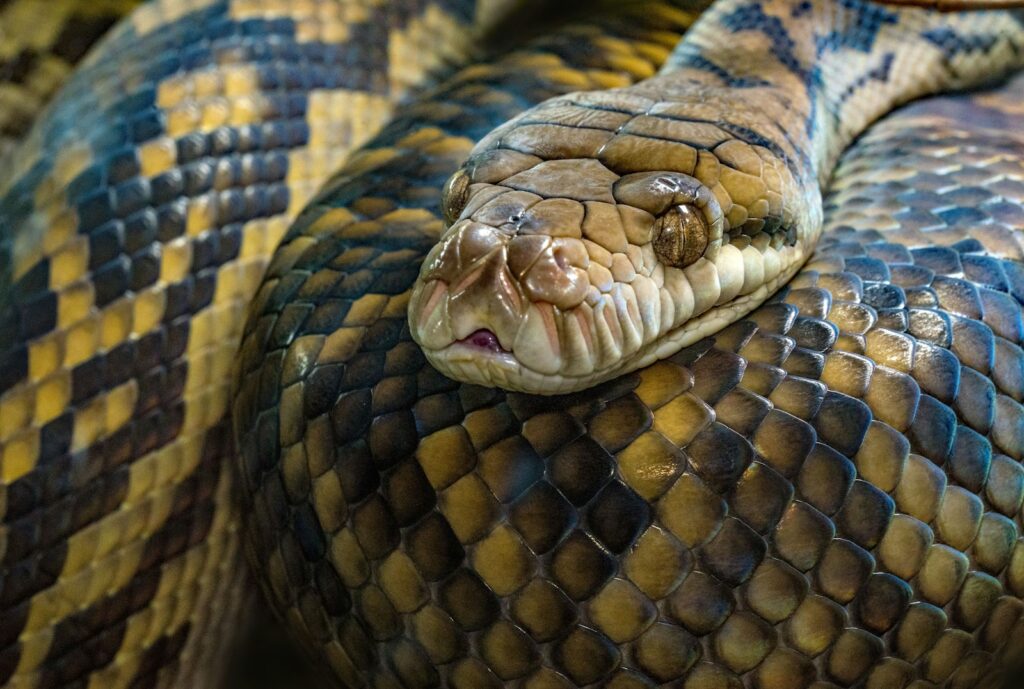
Incorrect identification of snake species leads to inappropriate responses that can endanger both humans and the snakes themselves. Many non-venomous snakes display warning coloration or patterns similar to their venomous counterparts, an evolutionary strategy known as Batesian mimicry. Common examples include the harmless milk snake’s resemblance to the venomous coral snake, or various rat snakes that are mistaken for copperheads. This misidentification problem often results in needless killing of beneficial, harmless snakes that help control pest populations. Learning to identify common snake species in your region is valuable knowledge that promotes appropriate responses during encounters. However, when uncertain, the safest approach is to maintain distance from any snake regardless of species.
Cornering or Blocking the Snake’s Escape Route
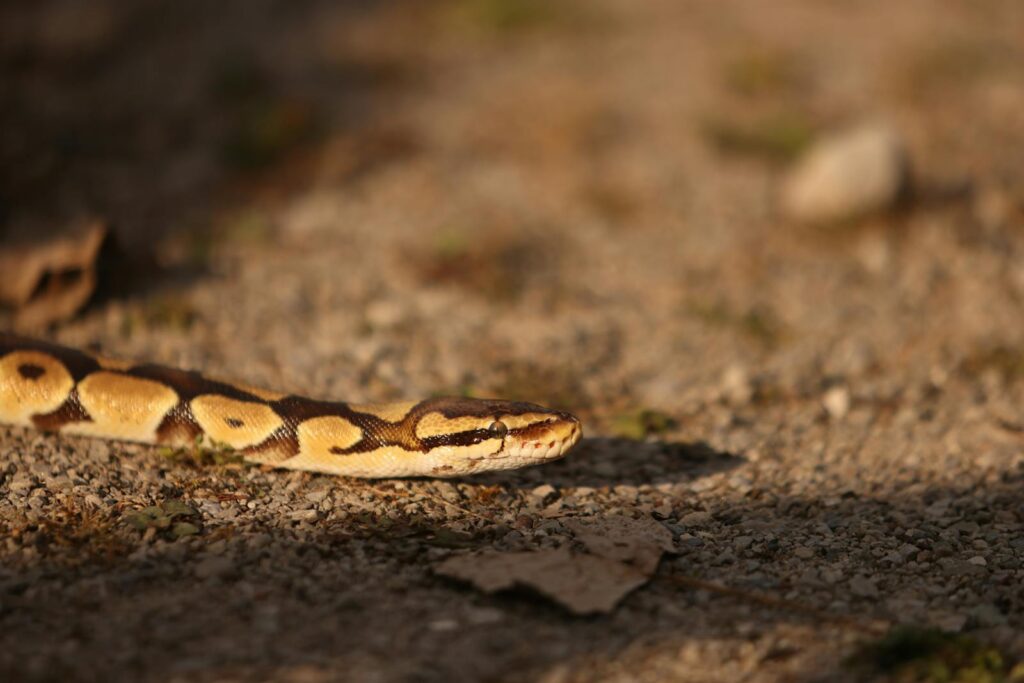
Snakes generally prefer retreat over confrontation, but when their escape options are limited, defensive behavior becomes their only recourse. Unwittingly positioning yourself between a snake and its perceived safety—such as standing between the snake and tall grass, rocks, or water—creates a dangerous situation where the snake may feel forced to defend itself. This scenario commonly occurs when people discover snakes in garages, basements, or yards and inadvertently block doorways or other escape routes. The safest approach during any snake encounter is to give the animal ample space and clear path to retreat. By positioning yourself away from the snake’s likely escape route, you significantly reduce the chances of a defensive strike while allowing the snake to remove itself from the situation naturally.
Approaching for a Closer Look or Photograph
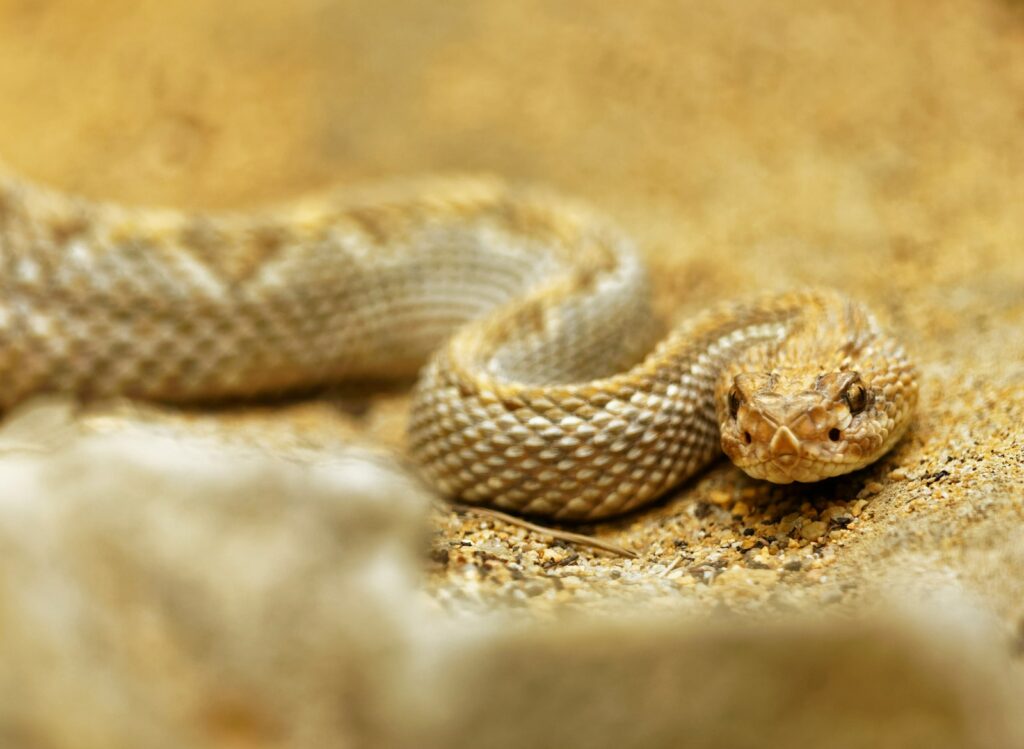
The desire to document wildlife encounters with photographs or get a closer look at an unusual snake species frequently overrides common sense safety practices. This curiosity-driven approach dramatically reduces the buffer zone between human and snake, placing the person well within striking range of even the most moderately-sized snake species. Professional wildlife photographers use specialized equipment including telephoto lenses specifically to maintain safe distances from potentially dangerous subjects. The rise of smartphone photography has unfortunately contributed to increased risk-taking behavior as people attempt to capture clear images with limited zoom capabilities. Even seemingly inactive or “sleeping” snakes can strike with remarkable speed when approached too closely, making this mistake particularly insidious.
Allowing Children or Pets to Approach
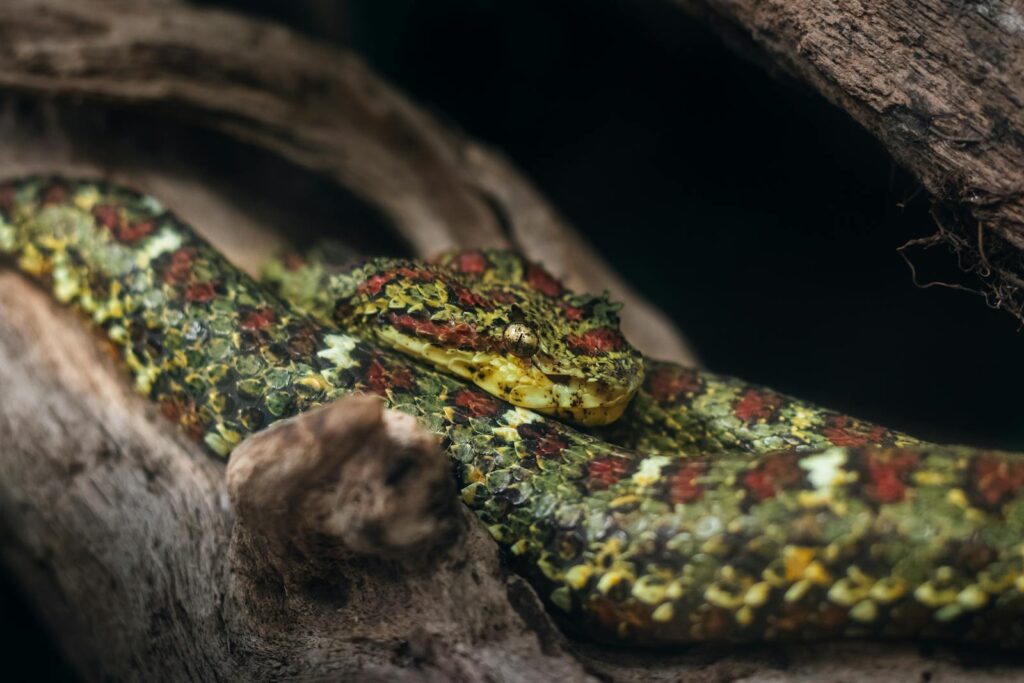
Children and domestic animals represent particularly vulnerable groups during snake encounters due to their unpredictable behaviors and lack of danger recognition. Young children may be attracted to colorful or moving snakes, viewing them as novel objects rather than potential threats. Dogs frequently investigate snakes with their noses, placing their sensitive facial areas directly in striking range. Cats, despite their reputation for hunting, can also fall victim to defensive snake strikes when their curiosity outweighs caution. Parents and pet owners bear responsibility for maintaining control of their charges in snake habitat areas, which includes keeping dogs leashed on trails and teaching children appropriate wildlife viewing distances. The consequences of bites to small children or pets can be more severe due to their smaller body mass relative to venom dosage.
Using Improper First Aid After a Bite

Despite decades of public education efforts, dangerous snake bite myths continue to influence improper first aid attempts following envenomation incidents. Outdated techniques like cut-and-suck methods, tourniquets, ice application, and venom extraction devices not only fail to improve outcomes but frequently worsen the situation by causing additional tissue damage or delaying proper medical treatment. The current medical consensus for snake bite first aid emphasizes keeping the victim calm, immobilizing the affected limb at heart level, removing jewelry or constricting items near the bite site, and seeking immediate medical attention. Attempting to capture or kill the snake for identification purposes creates unnecessary additional risk; modern antivenoms are typically effective against multiple species, making exact identification less critical than prompt medical care.
Believing Common Snake Myths

Misconceptions about snake behavior and capabilities significantly contribute to poor decision-making during encounters. Among the most dangerous myths is the belief that certain snake species chase humans—a virtually unheard-of behavior except in rare defensive contexts when escape routes are blocked. Another persistent misconception involves the supposed aggression of juvenile venomous snakes, which some believe cannot control venom output during strikes. Scientific research has demonstrated that even young snakes can regulate their venom delivery, with many defensive bites involving minimal or no venom injection. The myth of maternal snake aggression during nesting season persists despite most snake species abandoning their eggs long before hatching. These unfounded beliefs often lead to excessive fear and inappropriate reactions that increase rather than decrease risk during encounters.
Failing to Scan and Be Aware in Snake Territory
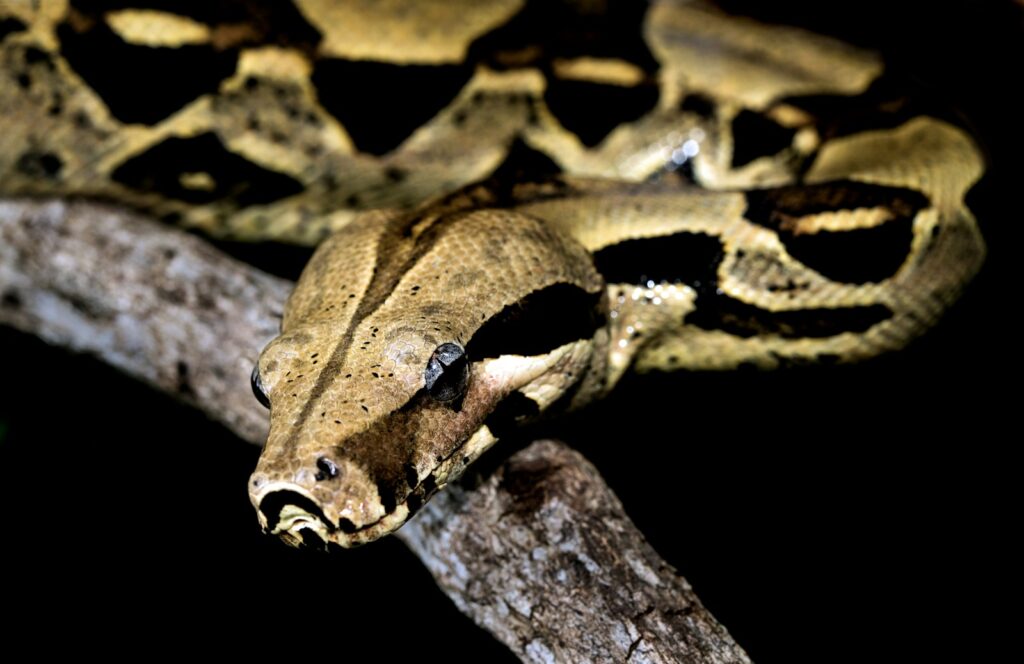
Prevention represents the most effective strategy for avoiding snake bite incidents, yet many outdoor enthusiasts fail to practice basic situational awareness in snake-inhabited areas. High-risk behaviors include placing hands or feet into areas not visually inspected first, such as reaching blindly under rocks or logs, stepping over fallen trees without checking the other side, or walking through tall grass without appropriate footwear. Hikers wearing headphones miss audio cues like rattlesnake warnings that would otherwise provide valuable advance notice. Nighttime activities in snake habitat without adequate illumination also significantly increase encounter risks as many snake species are nocturnal or crepuscular. Developing the habit of scanning the path ahead while remaining alert to movement in peripheral vision substantially reduces the likelihood of surprise encounters.
Wearing Inappropriate Clothing and Footwear

Clothing choices significantly impact both the likelihood of snake encounters and the severity of potential bites. Open-toed shoes, sandals, and bare feet remove critical protection in snake country, leaving vulnerable areas exposed to strikes. Approximately 80% of snake bites occur on the extremities, with lower legs and feet being particularly common bite locations. Loose-fitting long pants provide a crucial protective barrier, with some studies showing that even non-specialized clothing can reduce venom injection during a strike. For those frequently traversing known snake habitats, specialized snake gaiters or snake-proof boots offer enhanced protection through puncture-resistant materials. Hand protection becomes equally important during activities like gardening or clearing brush in snake-inhabited areas, where heavy gloves can prevent accidental bites during inadvertent contact.
Ignoring Local Snake Behavior Patterns

Different snake species exhibit varying behavior patterns influenced by geographic location, seasonal factors, and daily timing. Failing to understand these patterns leads to increased encounter risks that could otherwise be mitigated through simple scheduling adjustments. In desert environments, for instance, snakes often become nocturnal during summer months to avoid extreme daytime temperatures, making dawn and dusk hiking particularly risky. Spring emergence periods following winter brumation (reptilian hibernation) often coincide with increased snake activity and potentially defensive behavior as these animals seek mates and reestablish territories. Local knowledge about specific snake habits in your region represents invaluable information for reducing encounter probabilities. Conservation organizations, park rangers, and regional wildlife management offices typically provide location-specific guidance about snake activity patterns that visitors should incorporate into outdoor planning.
Dismissing the Importance of Medical Care

Among the most dangerous post-bite errors is the decision to delay or avoid medical treatment based on assumptions about the snake’s identity or the severity of envenomation. Even bites from positively identified “harmless” species warrant medical evaluation to prevent secondary infections and address potential allergic reactions. In cases involving potentially venomous species, the absence of immediate symptoms does not guarantee safety—certain toxins produce delayed effects that can become life-threatening hours after seemingly minor bite incidents. The variability of individual reactions to venom further complicates self-assessment of bite severity. Medical professionals possess the training and resources to monitor vital signs, administer appropriate treatments including antivenom when necessary, and manage complications that might develop. Phone consultations with poison control centers provide valuable guidance but should complement rather than replace direct medical evaluation.
Conclusion
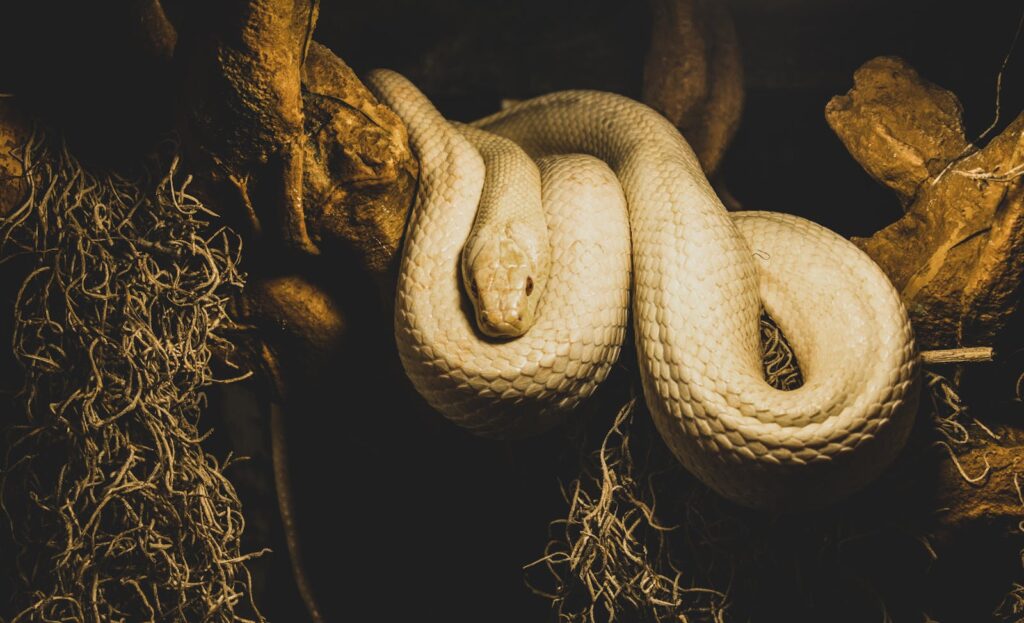
Snake encounters need not end in tragedy for either party involved. Most negative outcomes stem from preventable human errors rather than aggressive snake behavior. By replacing fear-based reactions with informed responses, we can dramatically reduce the risks associated with these wildlife interactions. Maintaining appropriate distance, allowing escape routes, wearing suitable clothing, and seeking prompt medical attention after bites represent the cornerstone practices for safer coexistence with snakes. As we venture into natural areas, remembering that we are visitors in snake habitat—not the other way around—helps frame these encounters in their proper context. With education replacing misconceptions and preparation substituting for panic, we can transform potentially dangerous situations into respectful wildlife observations that leave both species unharmed.

